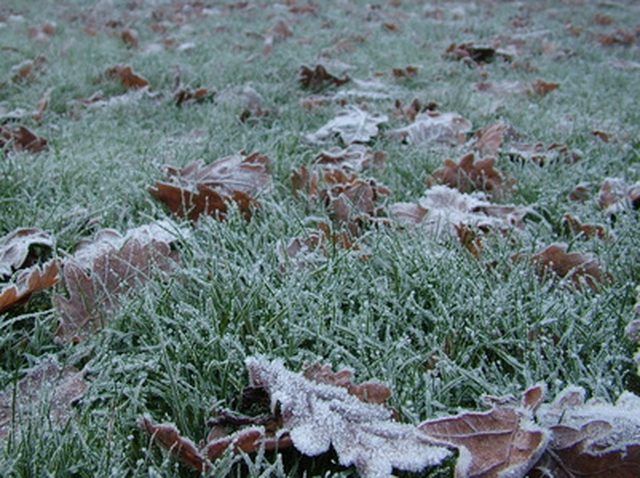Bulbs
Flower Basics
Flower Beds & Specialty Gardens
Flower Garden
Garden Furniture
Garden Gnomes
Garden Seeds
Garden Sheds
Garden Statues
Garden Tools & Supplies
Gardening Basics
Green & Organic
Groundcovers & Vines
Growing Annuals
Growing Basil
Growing Beans
Growing Berries
Growing Blueberries
Growing Cactus
Growing Corn
Growing Cotton
Growing Edibles
Growing Flowers
Growing Garlic
Growing Grapes
Growing Grass
Growing Herbs
Growing Jasmine
Growing Mint
Growing Mushrooms
Orchids
Growing Peanuts
Growing Perennials
Growing Plants
Growing Rosemary
Growing Roses
Growing Strawberries
Growing Sunflowers
Growing Thyme
Growing Tomatoes
Growing Tulips
Growing Vegetables
Herb Basics
Herb Garden
Indoor Growing
Landscaping Basics
Landscaping Patios
Landscaping Plants
Landscaping Shrubs
Landscaping Trees
Landscaping Walks & Pathways
Lawn Basics
Lawn Maintenance
Lawn Mowers
Lawn Ornaments
Lawn Planting
Lawn Tools
Outdoor Growing
Overall Landscape Planning
Pests, Weeds & Problems
Plant Basics
Rock Garden
Rose Garden
Shrubs
Soil
Specialty Gardens
Trees
Vegetable Garden
Yard Maintenance
How to Clear Land for a Lawn
How to Clear Land for a Lawn. Many homes have large pieces of land attached to the property that are left in an unusable state. If you are in this sort of situation you can transform this waste of land into a useful lawn. You will need to put in some effort prior to actually seeding the lawn. The clearing process is simple but requires some muscle...

Many homes have large pieces of land attached to the property that are left in an unusable state. If you are in this sort of situation you can transform this waste of land into a useful lawn. You will need to put in some effort prior to actually seeding the lawn. The clearing process is simple but requires some muscle to get the job done. You can plant your lawn and have it coming up in just a few weeks after clearing.
Things You'll Need
Shovel
Trowel
Rototiller
Clear the land of any garbage and litter. Remove items like cans, paper and other things that you donít want to get mixed into your soil.
Pull out any hard vegetation like small bushes or large plants with branches. These need to be removed because they are wood and difficult to break down like other plants.
Drive a shovel into the ground around the woody plants you are removing, in order to remove the roots. You should try to get as much root out as possible to avoid unwanted plants from growing in after you plant your lawn.
Remove weeds from the ground by hand where possible. Use a trowel to remove large groups of weeds with extensive roots. You need to get the roots out to keep your soil clear of weeds growing in the future.
Turn the existing surface of the land with a rototiller. This will create aerated fresh soil.
Use the fresh soil to fill in any holes or ditches created when you removed the large plants and weeds. Use a shovel to move the soil into the holes until the ground is level.
Turn the soil with the rototiller a second time, two weeks after the first time and a third time two weeks after that.
Tips & Warnings
Make sure you leave enough time before you want to seed your lawn to allow resting time between soil turnings.
Be careful when turning the soil the first time that you donít trip or fall in the holes in the land from the removed plants.